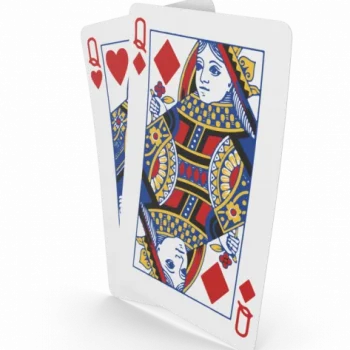Understanding the Goal and Basics of Whist
The primary objective of Whist is to win tricks and earn points for your partnership. Tricks are won by playing the highest-ranked card of the suit led or the highest-ranked trump card. By winning tricks, you accumulate points and move closer to reaching the predetermined score required to win the game.
Dealing the Cards and Starting the Game
To start the game, shuffle the deck of cards thoroughly. Then, select a dealer who will distribute the cards clockwise, one at a time, to each player. The dealer should ensure that every player receives 13 cards.
Once the cards are dealt, the dealer turns the next card face up to determine the trump suit for the game. All cards of that suit will now outrank other suits during the gameplay.
Mastering Trick-Taking in Whist: Phase 1 and Phase 2
Whist can be divided into two phases: Phase 1 involves bidding and determining the trump suit, while Phase 2 focuses on winning tricks and scoring points.
Phase 1 begins with the player to the dealer’s left, who has the option to either bid or pass. Bidding involves declaring the number of tricks the partnership believes they can win and the desired trump suit. Bids typically start at one and increase clockwise, allowing each player to bid higher or pass. The highest bid becomes the final contract, determining the trump suit and the number of tricks required to earn points.
Once the contract is established, Phase 2 begins. The player to the left of the dealer leads the first trick by playing any card from their hand. The other players must follow suit if possible or play any card if unable to follow suit. The trick is won by the player who plays the highest-ranked card of the suit led or the highest-ranked trump card.
Scoring and Tricks in Whist: Learn the Point System
Scoring in Whist is based on the number of tricks won by each partnership. At the end of each hand, one point is awarded to the partnership that wins the majority of tricks (7 or more). Additional points can be scored by fulfilling specific conditions, such as winning all 13 tricks (shooting the moon) or winning the exact number of tricks bid.
It is important to note that points are awarded to the partnership as a whole, not individual players. This encourages collaboration and communication between partners, as they work together to achieve their bidding goals and maximize their points.





